
The School of the Museum of Fine Arts at Tufts University is the art school of Tufts University, a private research university in Boston, Massachusetts. It offers undergraduate and graduate degrees dedicated to the visual arts.
James Jean is a Taiwanese-American visual artist working primarily in painting and drawing. He lives and works in Los Angeles, where he moved from New York in 2003.

Luis Royo is a Spanish artist. He is best known for his fantasy illustrations published in numerous art books, magazines such as Heavy Metal and various other media including book and music CD covers, video games and Tarot cards.

Charles Vess is an American fantasy artist and comics artist who has specialized in the illustration of myths and fairy tales. His influences include British "Golden Age" book illustrator Arthur Rackham, Czech Art Nouveau painter Alphonse Mucha, and comic-strip artist Hal Foster, among others. Vess has won several awards for his illustrations. Vess' studio, Green Man Press, is located in Abingdon, VA.

Hermann Mejía is a Venezuelan–American painter and sculptor known for his work for Mad magazine. He was named by HuffPost as "one of 15 famous Venezuelan artists to know".
Kent Robert Williams is an American painter and graphic novel artist.

Philip Oliver Hale is an American figurative painter who currently resides in London, England.

Cynthia von Buhler is an American artist, author, playwright, performer, and producer.

Ellen Day Hale was an American Impressionist painter and printmaker from Boston. She studied art in Paris and during her adult life lived in Paris, London and Boston. She exhibited at the Paris Salon and the Royal Academy of Arts. Hale wrote the book History of Art: A Study of the Lives of Leonardo, Michelangelo, Raphael, Titian, and Albrecht Dürer and mentored the next generation of New England female artists, paving the way for widespread acceptance of female artists.
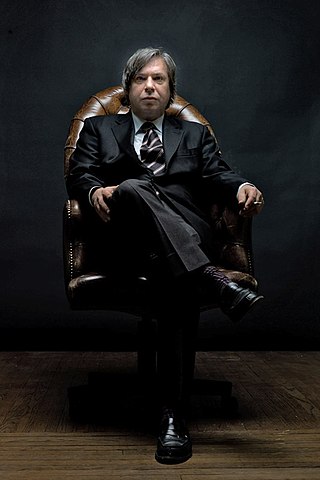
George Condo is an American visual artist who works in painting, drawing, sculpture and printmaking. He lives and works in New York City.

The Boston School was a group of Boston-based painters active in the first three decades of the twentieth century. Often classified as American Impressionists, they had their own regional style, combining the painterliness of Impressionism with a more conservative approach to figure painting and a marked respect for the traditions of Western art history. Their preferred subject matter was genteel: portraits, picturesque landscapes, and young women posing in well-appointed interiors. Major influences included John Singer Sargent, Claude Monet, and Jan Vermeer. Key figures in the Boston School were Edmund C. Tarbell, Frank Weston Benson, and William McGregor Paxton, all of whom trained in Paris at the Académie Julian and later taught at the School of the Museum of Fine Arts. Their influence can still be seen in the work of some contemporary Boston-area artists.
Marilyn Kirsch is an American artist, known for abstract and non-objective paintings often described as Lyrical Abstraction.
Aldo Tambellini was an Italian-American artist. He pioneered electronic intermedia, and was a painter, sculptor, and poet. He died at age 90, in November 2020.

Philip Leslie Hale (1865–1931) was an American Impressionist artist, writer and teacher. His work was part of the painting event in the art competition at the 1932 Summer Olympics.

Marion Boyd Allen was an American painter, known for her portraits and landscapes.
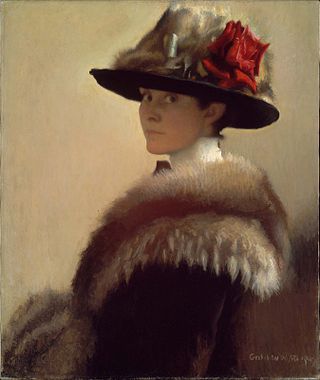
Gretchen Woodman Rogers (1881–1967) was an American painter associated with the Boston School.

Thomas Fleming is an artist who has worked on comic books, the fantasy/science fiction genre, and gaming. Fleming has been recognized with multiple awards throughout his career including four nominations for the Chesley Award. In 2012, a federal court awarded him damages due by HomeGoods, which sold unauthorized reproductions of two of his paintings.
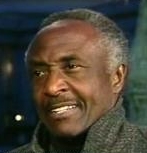
John Woodrow Wilson (1922–2015) was an American lithographer, sculptor, painter, muralist, and art teacher whose art was driven by the political climate of his time. Wilson was best known for his works portraying themes of social justice and equality.
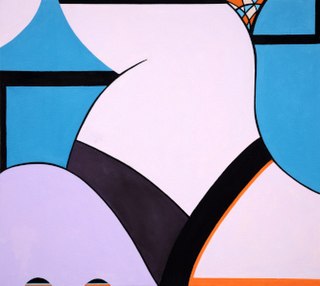
Amanda Church is an American artist known for abstract paintings that reference the human figure and other discernible elements. Her works straddle representational and formalist art traditions, suggesting recognizable body parts, objects, and perspectival elements in an otherwise abstract field. Church's distinctive use of contrasting style elements has been consistently noted by critics such as Hyperallergic's Cora Fisher, who described Church's work as "whimsically overruling the left-right brain dichotomy as well as the traditionally gendered axis that divides geometric and decorative art." Church received a Guggenheim Fellowship in 2015 and a Pollock-Krasner Foundation grant in 2017, among other awards. Her work has been covered in publications such as The New York Times, The Boston Globe, ARTnews, Hyperallergic and Forbes Magazine. Her paintings have been exhibited in major U.S. cities as well as internationally, in galleries and museums such as the Brooklyn Museum of Art and the Aldrich Museum. She lives and works in New York.
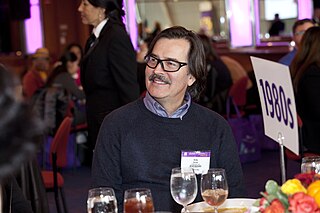
Eric Dever is an American painter. His paintings are held in the collections of Grey Art Gallery New York University, the Parrish Art Museum, Guild Hall Museum, and the Heckscher Museum of Art. Dever has exhibited throughout the United States since the early 1990s, including exhibitions in France, Hong Kong and Helsinki.
















